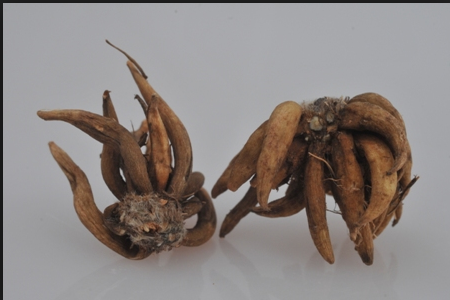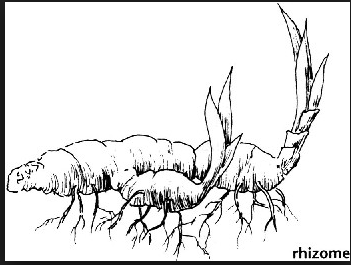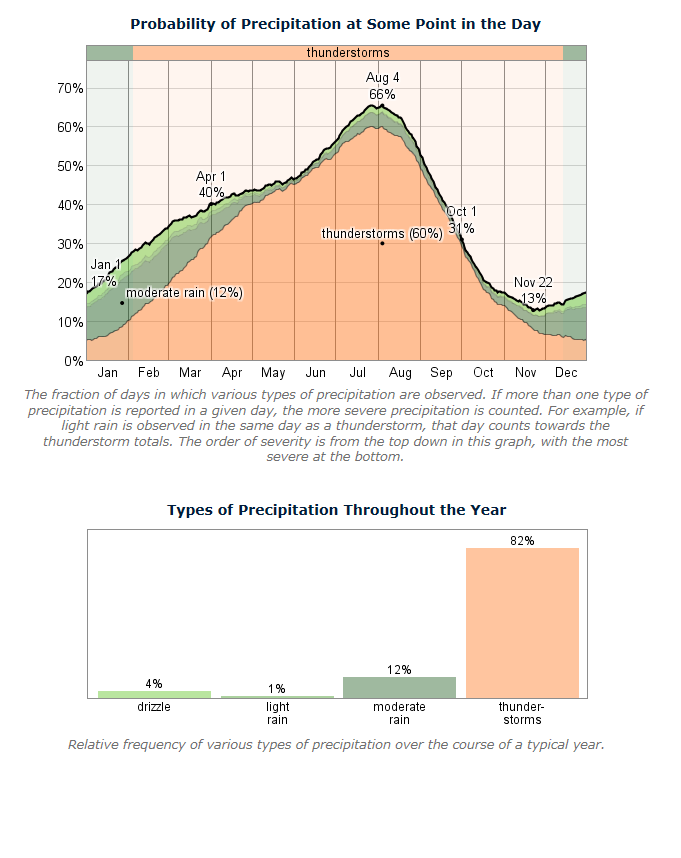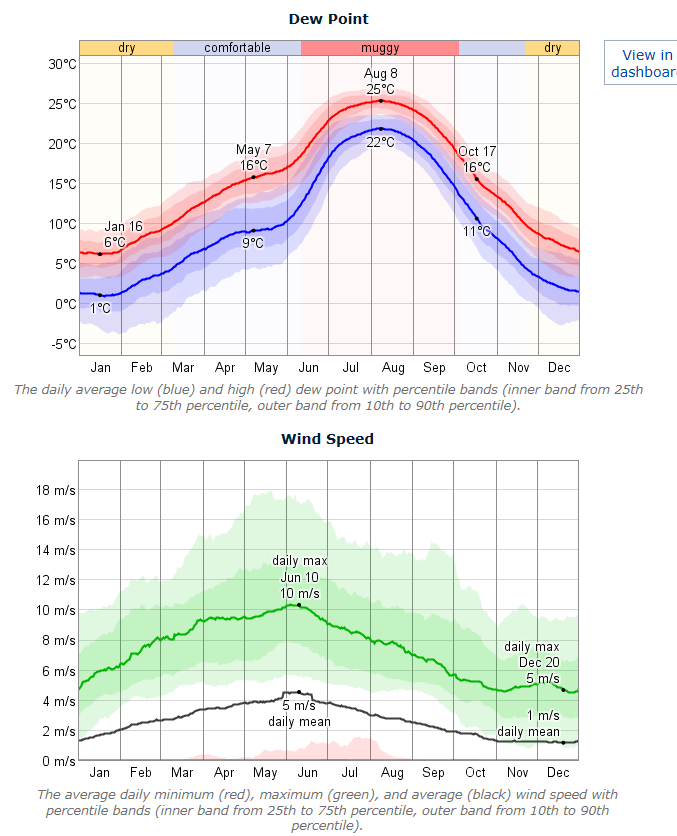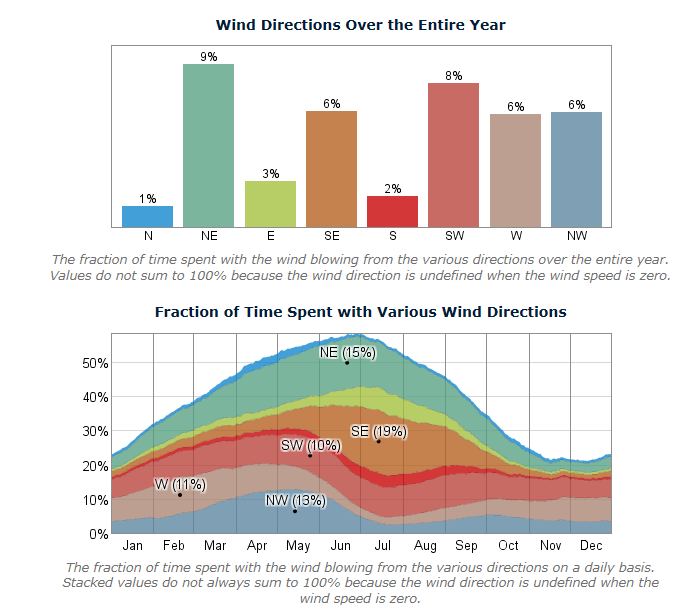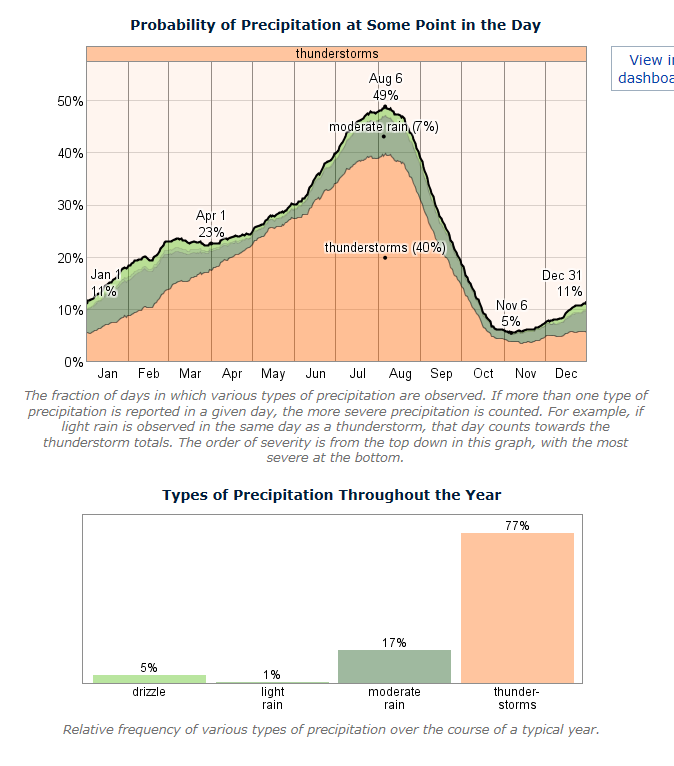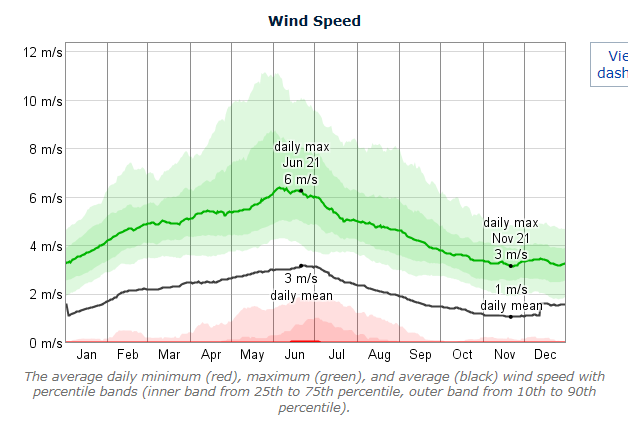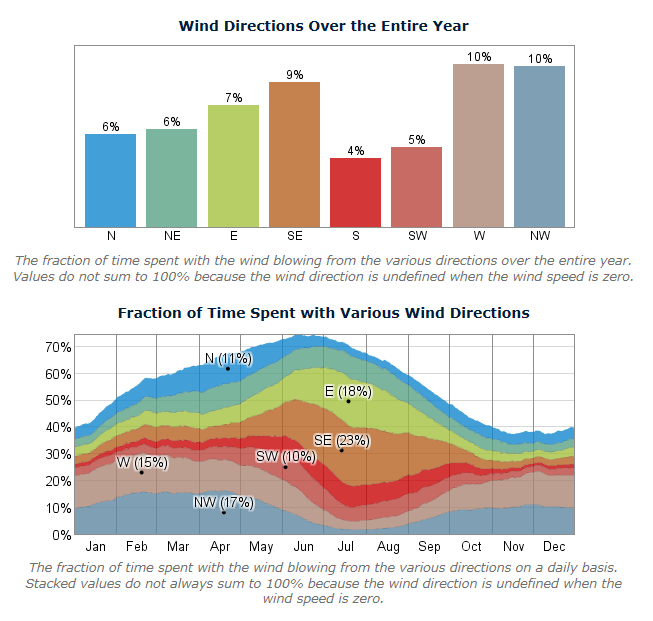General planting guide
Most spring-flowering Dutch bulbs will thrive in either full or partial sun, but do just fine in almost any location that offers good drainage. Bulbs will rot in standing water so avoid areas prone to flooding, such as the bottom of hills or under drainpipes.
After choosing the site:
1. Dig either a trench for a bed planting, or individual holes for individual bulbs or small cluster of bulbs. (Note that a cluster of flowers is more striking to the eye than a lone bloomer.)
To determine how deep to plant, consider the calibre or size of the bulb. Large bulbs (2 inches or more) are usually planted about 8 inches deep; smaller-size bulbs (1 inch) are planted 5 inches deep. Not applicable to all but in general, if you are not sure about depth just plant them at a normal depth the bulb will adjust itself according to its need when the root system will form.
2. Loosen the soil with a rake to aerate it and remove any weeds and small stones. Mix in a bit of peat moss to improve soil drainage. Place do not push bulbs firmly in the soil with the pointed side up. Space large bulbs 3-10 inches apart and small bulbs 1-2 inches apart. (If you're not sure which end is right-side-up, don't worry. Upside-down bulbs usually come up anyway!)
3. Cover the bulbs with soil and water generously. Add 2-3 inches of mulch, pine bark is fine, on top of the garden bed. This will provide added protection from the cold and keeps the soil from drying out.
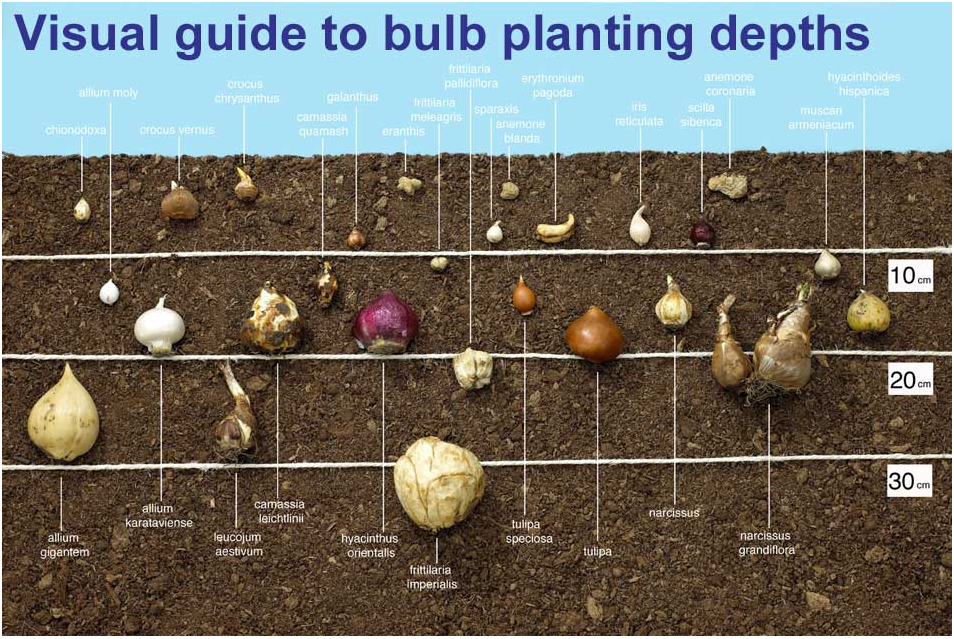
 Digging and Storing Bulbs
Digging and Storing Bulbs
If the bulbs are Summer dormant, then reduce watering once the flowering is over and stop watering when the leaves start turning yellow and dig them up when the foliage has died, remove all the dirt, and store them in cool dry place where they receive good air circulation and plant them back in fall, or if they are in pots and can survive in soil then being the pot indoor and do not water, place them back outdoor in fall and start watering/
If the bulb is winter dormant, then reduce the then reduce watering once the flowering is over and stop watering when the leaves start turning yellow and dig them up when the foliage has died, remove all the dirt, store them in a warm place and plant them in next spring. If they are in pots and can survive in soil then bring the pots in a green house or indoor, place them out door in spring and start watering them
Flower Bulb FAQs
(Frequently Asked Questions)
1. Q. Why can't we plant tulips in the Spring?
A. Spring-flowering bulbs such as tulips and daffodils must be planted in the fall or early winter to bloom in spring because they require a long period of cool temperatures to spark the biochemical process that causes them to flower. In fall, it's important to get them into the ground before the ground freezes. They need time to develop strong roots.
2. Q. If the right time to plant is already over, can we keep the bulbs for next year/season?
A. No! If they are still firm and plump, plant them now. Bulbs are living plants, not seeds they cannot wait, they will dry out. Either chill them in the refrigerator for indoors use as forced bulbs or somehow get them into the ground outside. Because they are so tough and contain a full storehouse of food, your bulbs will try their best to bloom no matter how late it is in the season. This is a case of "nothing ventured, nothing gained." Chances are you may still get some results, even if you plant them late.
3. Q. why it’s important to plant bulbs in clusters?
A. Groups of bulbs make a much nicer show than individual "soldiers marching single file." To create greater color impact in the garden, plant clusters of same-color flowers together in blocks or "bouquets." Visually, you get more "bang for the buck." One trick: try positioning similar bulbs in a triangular planting pattern in the garden, with the point of the triangle towards the front and the long leg towards the back. The result: it will look as if you planted more flowers than you did. Generally, larger bulbs should be planted
3 to 6 inches apart, smaller bulbs 1 to 2 inches apart.
4. Q. Spring weather is often so erratic. What should be done if we get warm weather followed by a cold snap and the bulbs are already "up"?
A. Nothing. Tulips and other spring-flowering bulbs are tough. They can usually take what Mother Nature dishes out. When the weather turns, don't dash outside to cover early-sprouting bulbs with extra "weather protection." A short freeze won't do lasting damage to young bulb shoots and buds, though it may "burn" already open blossoms. Many, such as snowdrops, crocuses, and early rock garden narcissi are supposed to come up in very early spring, even peeking through the snow. Mother Nature has provided them with the means to survive. An unseasonably warm spell may cause some bulbs to bloom earlier than anticipated, but in most cases won't result in damage.
5. Q. Should we apply mulch? How deep? And When?
A. Mulch is not required but it is often beneficial. Three inches is plenty. Wait until the ground cools down. Contrary to popular notions, mulching over bulbs is meant to retain soil moisture and keep the ground temperatures cool and stable, not to serve as a "warm winter blanket" (except in the very coldest climates). Mulch just before the ground freezes. Applying mulch too early in the season, when the ground is still soft and warm, can invite infestations by field mice and other critters who like to burrow in to establish winter quarters (and no doubt dig up tasty tulip treats!).
6. Q. How to grow spring-flowering bulbs in warm climates?
A. It's possible to grow spring-flowering bulbs in climates as warm as Zone 9 and Zone 10. However the blooming season in these zones is much earlier than in cooler zones. Some spring-flowering bulbs recommended for Zone 9 can be planted with no pre-cooling. Others will need a special cold treatment before planting.
No pre-chilling needed:Amaryllis, Allium neapolitanum, Allium rosenbachianum, Anemone de Caen and Anemone St. Brigid, Brodiaea laxa, Crocus chrysanthus (snow crocus), Dutch iris, Freesia, Ixias, lilies, all narcissi/daffodils, Ornithogalum umbellatum, Ranunculus, Scilla campanulata (wood hyacinth), Sparaxis, Triteleia uniflora and Tritoni.
Pre-chilling needed: tulips, hyacinths, crocus and the other spring-flowering bulb/
Here are some warm winter gardening tips:
First, choose cultivars which have proved to do well in warmer climates. Cold-hardy bulbs that need pre-cooling in warm winter regions must be treated as annuals and new bulbs must be planted the following fall. Pre-chill the bulbs for a minimum of six to eight weeks in a refrigerator at a temperature of around 40°F to 45°F (the temperature of most home refrigerators). If you use a refrigerator, be sure not to store any apples or other fruits alongside your bulbs. Ripening fruit naturally gives off ethylene gas which will kill the flower inside the bulbs.
Don't worry if you bought the bulbs early in the season and need to store them for several months before planting. Keep them chilling -- even up to 16 weeks if necessary, until it is time to plant. Optimally, the bulbs should be put in the ground in December or early January. Plant tulips about six to eight inches deep, water well and protect with a layer of mulch to retain moisture and protect from heat, drip irrigation could also be a good option. When bulbs do not receive sufficient weeks of cold treatment, they bloom too close to the ground, on too-short stems.
7. Q. What should we do after tulips fade in spring? What about daffodils?
A. After tulip flowers have faded, "dead-head" them by clipping off the faded blooms so that they won't go to seed. Narcissi (daffodils) do not require dead-heading, just leave as is. The main requirement for bulb flowers in the post-bloom period is to leave the leaves alone so the plant can put its energy into "recharging" its bulb for next spring's performance. This "energy charge" is gained through photosynthesis as the plant uses the sun's energy to turn basic elements such as oxygen, nitrogen, phosphorous and potassium into food. This food is stored in the bulb's "scales," the white fleshy part of the bulb, for use next spring.
It is necessary to leave the green foliage exposed to the sun until it turns brown or six weeks have elapsed since blooming. Fight the urge to trim back or constrain the leaves during their die-back phase after looming. Don't bunch, tie, braid or cut bulb plant leaves during this period. Dealing with the fading foliage is basically one of those things that lovers of spring bulbs must deal with. The only management tip is camouflage.
Try inter planting bulbs with annuals or perennials, or planting them strategically nearby so that the latter mask the declining bulb foliage as best as possible. As a planting strategy, plant clumps of bulbs instead of full beds. This way you will have a lovely spring show, and plenty of room to plant camouflaging companions.
Avoid fertilizing the annuals planted in the same bed until the bulbs have died back. Bulbs in spring, if they're fertilized at all, should only get a dose of fast-release nitrogen about six weeks before flowering (normally bulbs want a low nitrogen mix, but in spring it is the green-encouraging nitrogen that is called for). Fertilizing bulbs too close to flowering time, when the bulbs can't metabolize the food.
8. Q. How soon should we plant our bulbs after we buy them?
A. Sometimes you will buy bulbs before you are ready to plant in order to get the best selection. While it's always best to plant your bulbs as soon after you receive them as possible, when you have to wait, be sure to store the bulbs in a cool, dry place away from direct sunlight. Some people keep their bulbs in the refrigerator crisper drawer, taking care to avoid storing them with ripening fruit. They should be fine for several weeks even months if properly handled. But don't wait too long. Ideally, you should plant six weeks or so prior to hard ground frosts in your area to allow ample time for fall root development.
A tip: the proper time to plant is when ground temperature is below 60°F at planting depth (while this is not easy for most of us to gauge, it gives you some notion of what's appropriate). If you don't have six weeks lead-time, plant anyway even if you have to hack your way through hard, chilled surface soil. (As always, be sure to water.) The key: you must plant in fall to have blooms in spring. Even if planted late, bulbs will spring into action and try to start root growth. They are pre-programmed to grow and will do their best no matter how late you plant them.







